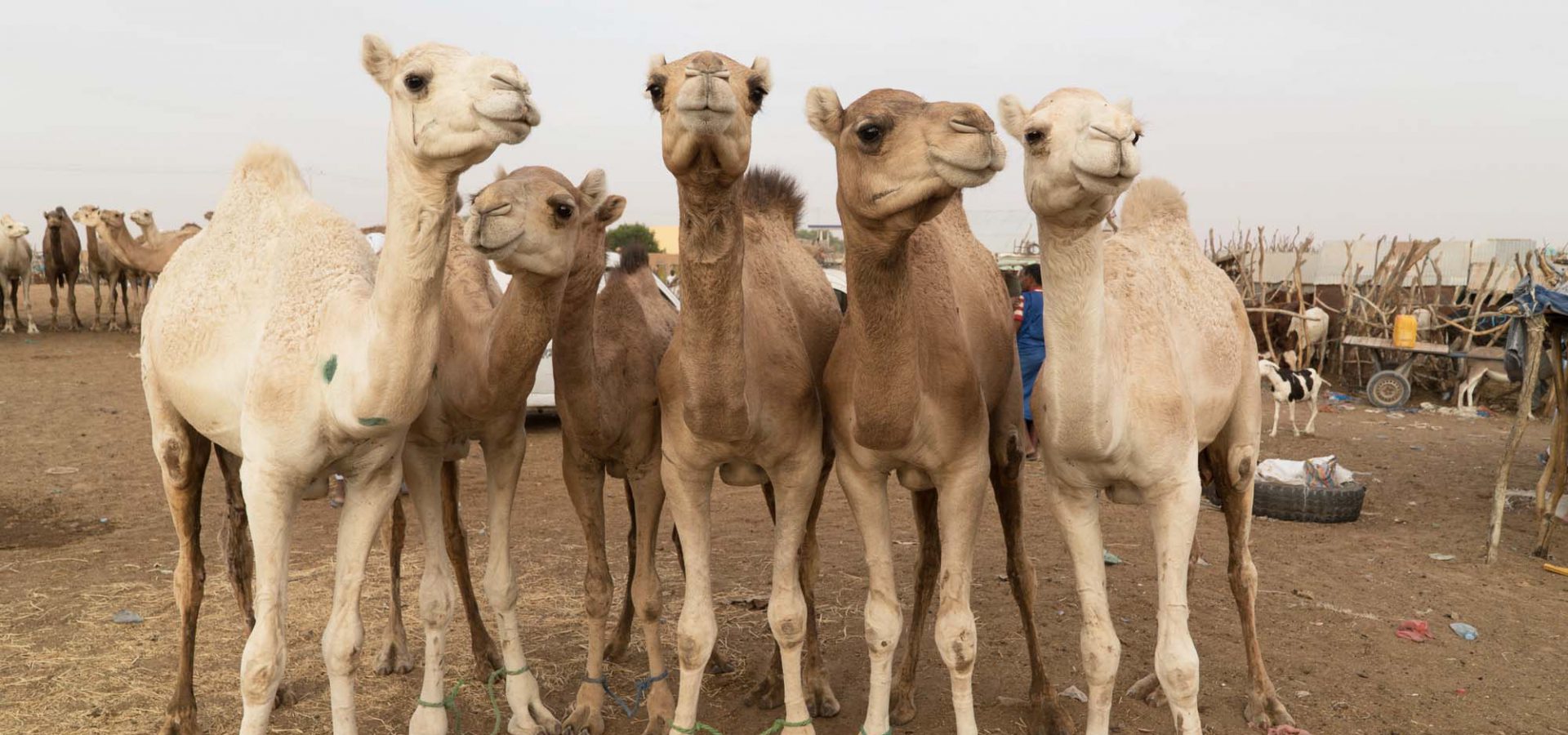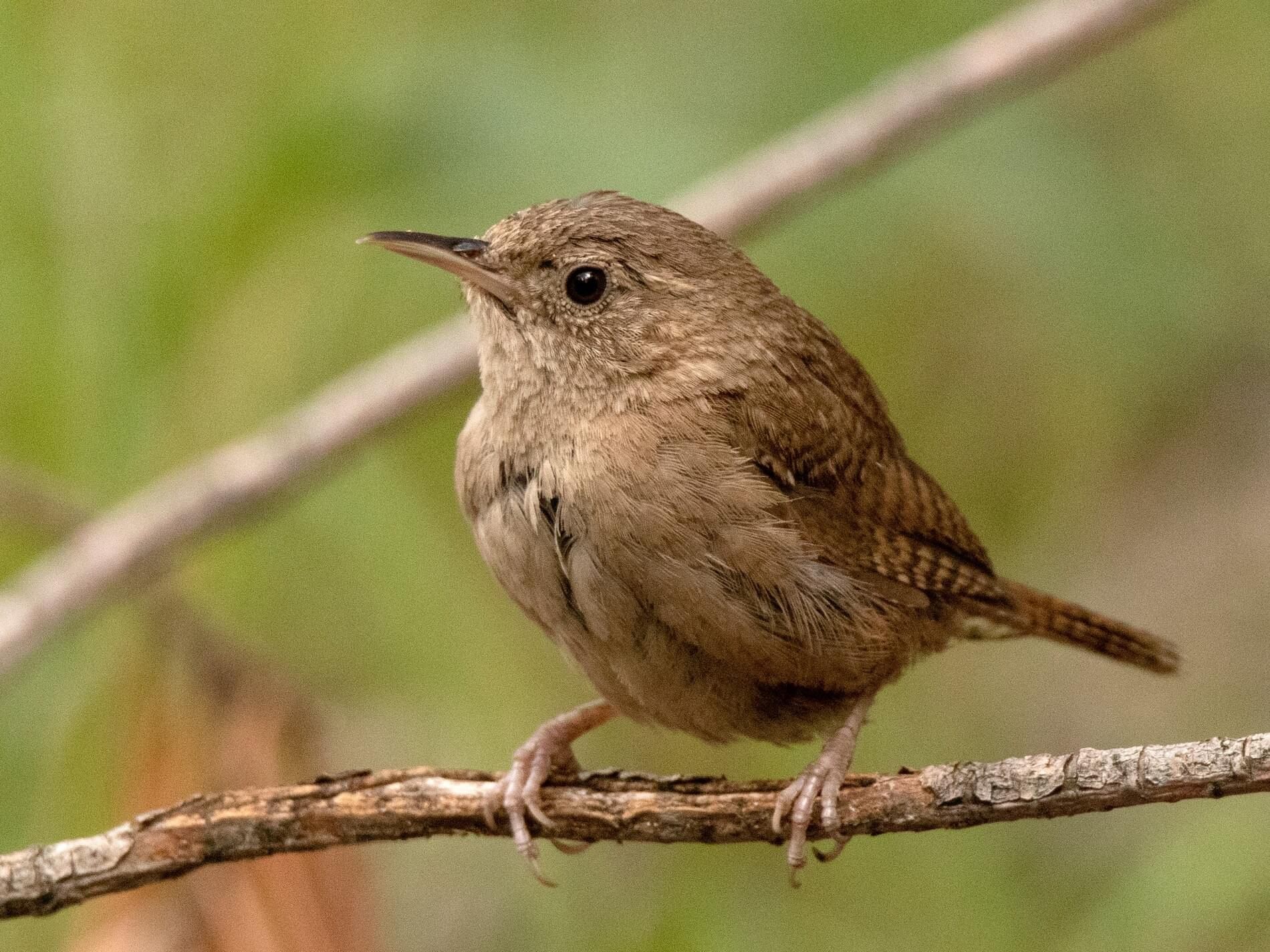12/ 6/2023 by Active Wild Admin
activewild.com
Camel 🐫
Camels are members of the genus Camelus. There are 3 species of camel: the dromedary, which has one hump; & the Bactrian & wild Bactrian, both of which have 2 humps.
Both the dromedary & the Bactrian camel are domesticated animals, & are used for transport & as pack animals. The wild Bactrian camel is found in the wild in Asia, & is Critically Endangered.
The 3 camel species are members of the mammal family Camelidae, which also includes animals such as llamas & alpacas.
The 3 Wise Men, or Magi, are said to have traveled to Bethlehem on camels. The animals are often included in the Nativity scene.
Sheep 🐑
Scientific name: Ovis aries
Conservation status: Domestic
Sheep are mammals in the subfamily Caprinae, which also contains goats. Caprinae is part of the family Bovidae, which includes related animals such as bison, buffalo, antelopes, & cattle. Members of this family are known as bovids.
Male sheep are known as ‘rams‘; female sheep are known as ‘ewes‘.
Like all bovids, sheep are hoofed animals with a complex digestive system that allows them to live on plants (such as grass) that other animals would find hard to digest. By regurgitating their food & chewing it for a second time as ‘cud’, sheep can break down these tough plants.
Sheep are a traditional part of the Christmas Nativity scene. In the Gospel of Luke, angels announce the birth of Jesus to a group of shepherds who are tending their flock.
Goat 🐐
Scientific name: Capra aegagrus hircus
Conservation status: Domestic
Goats, like sheep, are members of the subfamily Caprinae. (Caprinae is part of the family Bovidae, which contains related hooved animals such as cattle & antelopes.)
The domestic goat is descended from the wild goat Capra hircus, a species still found in Asia.
In Scandinavia & other parts of northern Europe, the Yule Goat plays a part in traditional Christmas celebrations.
Yule goat ornaments are placed under the Christmas tree, & larger Yule goats made of straw may be seen as part of a town’s decorations.
Wren
Scientific name: Troglodytes troglodytes
Conservation status: Least Concern
The wren plays a part in the traditional Christmas festivities of Ireland, Wales, the Isle of Man & other European countries. In some regions, the day after Christmas is known as ‘Wren Day’.
Traditionally, a real wren was hunted & then paraded through the town in order to collect money for festivities. This tradition has several variations, although today an imitation wren is used in place of a real one.
The Eurasian wren, the bird around which the traditions are based, is a tiny brown species with a surprisingly loud call. It is one of 88 members of the wren family, Troglodytidae, & the only one found in Europe. It is the third-smallest bird found in the UK.
Penguins🐧
Penguins are flightless birds found mainly in cold, southerly regions of the Southern Hemisphere.
Only one species of penguin, the Galápagos penguin, is found in the Northern Hemisphere. It lives on the Galápagos Islands, which are located on the Equator.
Although clumsy on land, penguins are excellent swimmers. Instead of flying in the air, these aquatic birds use their short, powerful wings to ‘fly’ through the water.
Penguins are associated with Christmas because they live in cold climates. They are often seen on Christmas cards alongside polar bears & reindeer. In real life this would be impossible, as most penguins literally live on the other side of the world to polar bears & reindeer!
(Polar bears & reindeer live in Arctic regions in the Northern Hemisphere; penguins live around Antarctica & other regions of the Southern Hemisphere.)
Santa Claus would definitely not be able to see penguins from the window of his North Pole workshop!
The largest penguin species is the emperor penguin, which reaches heights of up to 1 m / 39 in.
Ox 🐂
Scientific name: Bos taurus
Conservation status: Domestic
The ox, together with the ass (or donkey) is part of a traditional Christmas nativity scene. Both animals are mentioned in the Book of Isaiah.
Oxen are domesticated cattle that are used in a number of roles, including transporting goods & pulling ploughs. Cattle were first domesticated over 10,000 years ago.
Boar 🐗
Scientific name: Sus scrofa
Conservation status: Least Concern
The wild boar is a large member of the pig family Suidae. It is found throughout much of Europe & Asia & in parts of Africa. The wild boar has also been introduced to North America & Australia.
A boar was traditionally part of the Yuletide feast in Nordic countries. Norsemen would place their hands on the Yule Boar & make oaths which they would have to fulfil.
Today, pork is still a traditional dish during the Christmas period in Norway.
Rooster 🐓
Conservation status: Domestic
In Spain & Spanish-speaking countries around the world, a Misa de Gallo (Rooster’s Mass), is celebrated on or around Christmas Eve. The celebrations often involve a chicken dish of some kind.
Roosters are male chickens. A domestic chicken is a subspecies of red junglefowl (Gallus gallus), a species native to tropical Asia.
Cute Christmas Critters:
Christmas Chuckle:


/GettyImages-155379351-fff005c918bd467daf32c935889a4487.jpg)






No comments:
Post a Comment